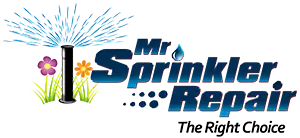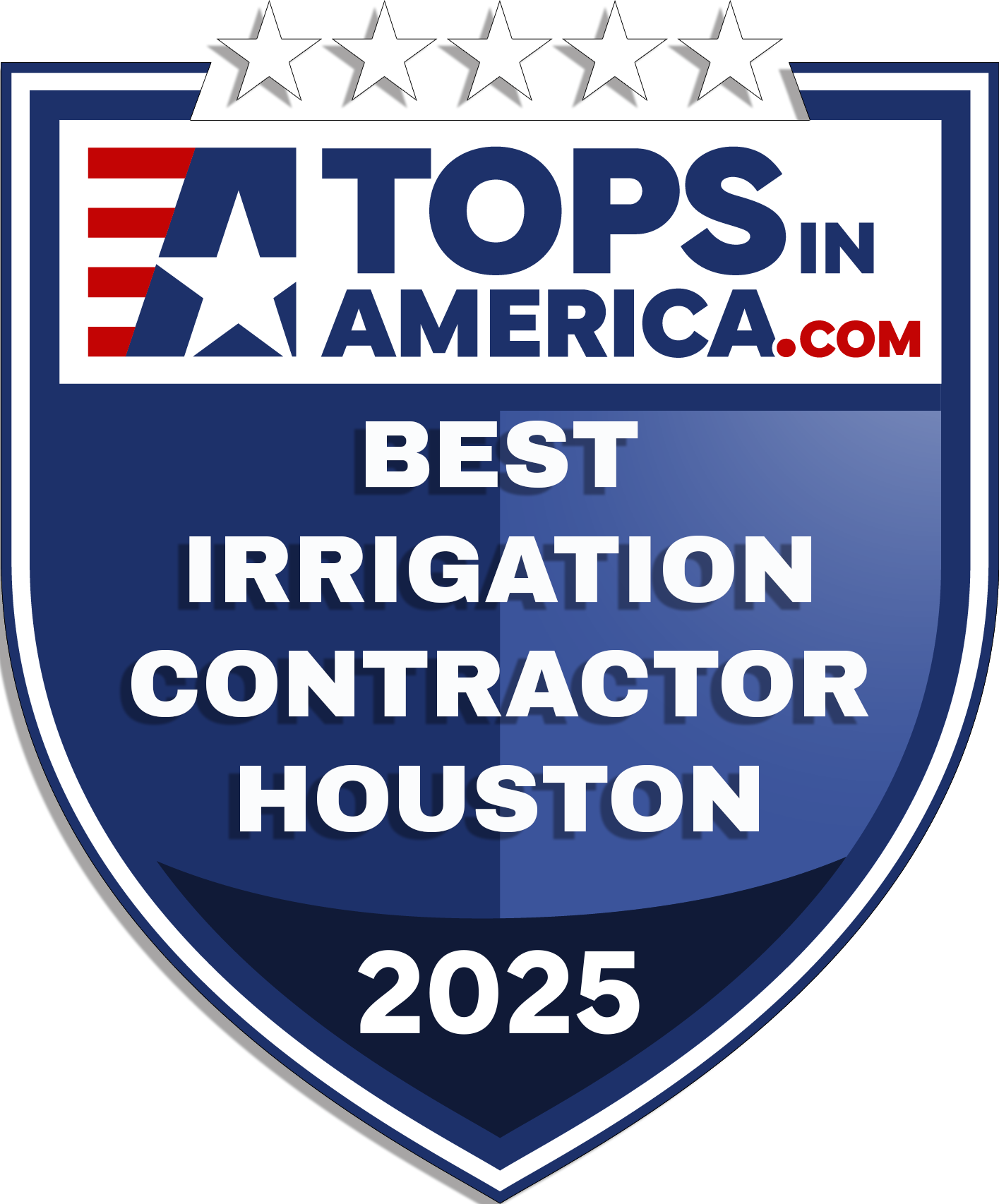Backflow Prevention for Reclaimed Water Customers
Reclaimed water customers play a critical role in the sustainable management of water resources by utilizing treated wastewater for non-potable purposes like irrigation, industrial processes, and toilet flushing. However, protecting the public water supply from the potential contamination that can occur due to backflow is paramount for health and environmental safety. Understanding and implementing backflow prevention measures is crucial for all reclaimed water users.
What is Backflow?
Backflow is the undesirable reversal in the flow of water or mixtures of water and other unwanted substances from any domestic, industrial, or institutional piping system into the potable water distribution system. This can occur due to two primary conditions:
- Back Pressure: When the pressure in the customer’s system exceeds the pressure in the supply system.
- Back Siphonage: When there is a negative pressure (vacuum) in the supply system, often due to a sudden stop in water use, a water main break, or firefighting activities.
Risks Associated with Backflow from Reclaimed Water Systems
Reclaimed water is treated and disinfected to meet specific regulatory standards, but it is not potable and may contain certain levels of contaminants. Without proper backflow prevention, it has the potential to introduce:
- Bacteria and pathogens
- Chemical pollutants
- Suspended solids
- Nutrients that could promote algae growth in the public supply
Backflow Prevention Devices
To protect the quality of the public water system, it is essential that reclaimed water customers install and maintain appropriate backflow prevention devices. The following are commonly used devices in such systems:
- Air Gap Separation: The simplest and most reliable method, where an air space is used to separate the reclaimed water supply from any possible connection to the potable system.
- Reduced Pressure Principle Assembly (RPZ): A mechanical backflow preventer that includes two independently acting check valves, separated by a pressure differential relief valve.
- Double Check Valve Assembly (DCV): A device featuring two check valves in series, used for preventing backflow in systems where the hazard is considered relatively low.
- Pressure Vacuum Breaker Assembly (PVB): A backflow preventer that includes a spring-loaded check valve which closes when water stops flowing and an air inlet valve that opens when the internal pressure drops below atmospheric pressure.
Installation and Maintenance
Proper installation and periodic maintenance of backflow prevention devices are necessary to ensure their functionality and reliability. Some key practices include:
- Following manufacturer instructions and local codes for installation.
- Testing and certification by a licensed backflow tester upon installation and periodically afterward, typically once a year.
- Regular inspection for signs of wear or damage and immediate repair or replacement if needed.
Regulations and Compliance
Local governments or water utility agencies usually set forth regulations regarding the use of reclaimed water and the requirements for backflow prevention. Reclaimed water customers must comply with these regulations by:
- Obtaining any necessary permits for the use and connection of reclaimed water.
- Ensuring the installed backflow preventers are approved models by the local regulation authority.
Backflow prevention is not just a regulatory requirement, but a fundamental aspect of environmental stewardship for reclaimed water customers. By understanding the risks and diligently implementing and maintaining proper backflow prevention devices, we can protect our collective water resources and contribute to a sustainable future.
For detailed guidelines, customers should refer to their local water authority or environmental protection agency. Remember, safe water practices are everyone’s responsibility.
If you have any questions or need any type of sprinkler system repair, the experts at Mr Sprinkler Repair will be glad to help. Give us a call or 855-695-1000 to set an appointment.


